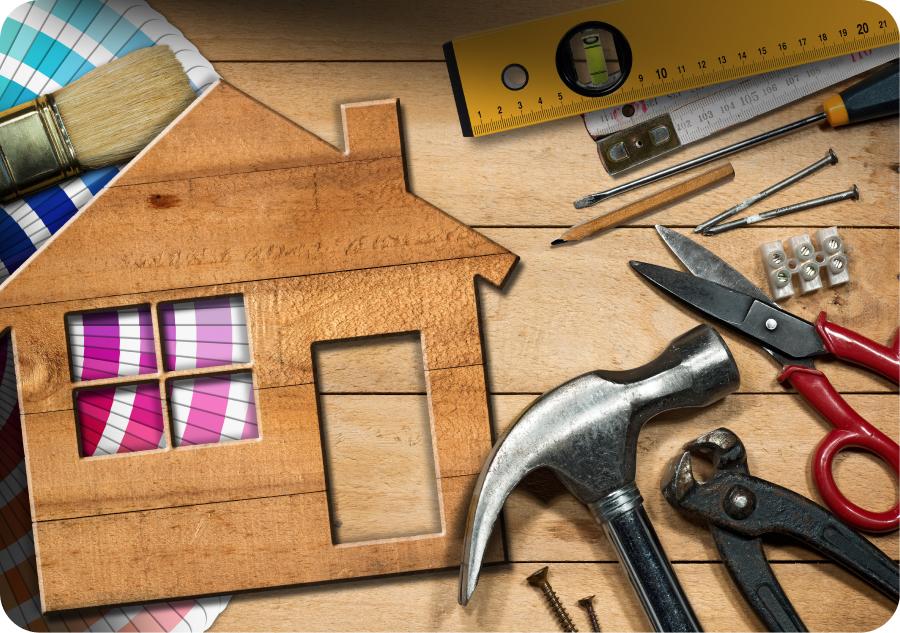Three Types of Maintenance Systems in Apartment Maintenance

Apartment maintenance is a big aspect of property management that ensures buildings remain safe, functional, and attractive to tenants. Effective maintenance not only enhance the living experience for residents but also protect the property’s value and reduce long-term costs. There are three primary maintenance systems used in the apartment maintenance industry: Predictive Maintenance, Preventative Maintenance, and Reactive Maintenance. Here’s a closer look at each system and how to implement them effectively.
1. Predictive Maintenance
Predictive Maintenance is a proactive approach that relies on data and technology to predict when maintenance should be performed. By using sensors and monitoring equipment conditions in real-time, this method helps to foresee potential failures before they occur.
How It Works
Predictive maintenance systems collect data from equipment through sensors and other monitoring tools. This data is then analyzed to identify patterns or anomalies that indicate wear or impending failure. For instance, vibration analysis on rotating machinery or thermal imaging of electrical systems can provide early warnings of issues that need addressing.
Benefits
- Reduced Downtime: By addressing issues before they lead to failure, predictive maintenance minimizes unexpected downtime.
- Cost Savings: Early detection of problems often means repairs are less extensive and less costly.
- Extended Equipment Life: Regular monitoring and timely maintenance help prolong the lifespan of equipment.
Implementation
Implementing predictive maintenance requires investment in technology and training. Property managers should equip critical systems with sensors and integrate data analytics platforms to interpret the collected data. Regular training for maintenance staff on the use of these technologies is also essential.
2. Preventative Maintenance
Preventative Maintenance involves regular, scheduled maintenance activities aimed at preventing equipment failure before it occurs. This strategy focuses on routine inspections, servicing, and parts replacement based on a predetermined schedule.
How It Works
Maintenance tasks are scheduled at regular intervals, such as monthly, quarterly, or annually, depending on the equipment and usage. Activities might include lubricating moving parts, checking and replacing filters, inspecting HVAC systems, and other routine checks.
Benefits
- Prevention of Major Repairs: Regular maintenance helps to catch and address minor issues before they escalate.
- Improved Safety: Routine inspections can identify and mitigate safety hazards, protecting both residents and staff.
- Increased Reliability: Consistent maintenance ensures that equipment operates efficiently and reliably, reducing the likelihood of sudden breakdowns.
Implementation
To set up a preventative maintenance program, property managers should create a detailed schedule of maintenance tasks for each piece of equipment. This can be facilitated using maintenance management software, which helps track schedules, manage work orders, and ensure compliance with the maintenance plan.
3. Reactive Maintenance
Reactive Maintenance, also known as corrective maintenance, involves repairing equipment and systems after a failure has occurred. This is the traditional approach, where maintenance is performed in response to a breakdown.
How It Works
When equipment fails, maintenance teams respond to diagnose and repair the issue. This can include anything from fixing a broken HVAC unit to addressing a plumbing leak or electrical outage.
Benefits
- Lower Initial Costs: Since there’s no investment in preventative or predictive systems, the upfront costs are lower.
- Simplicity: Reactive maintenance is straightforward; maintenance is performed only when something breaks.
Drawbacks
- Higher Long-Term Costs: Emergency repairs tend to be more expensive and time-consuming than planned maintenance.
- Increased Downtime: Equipment failures can lead to significant downtime, affecting tenant satisfaction and property operations.
Implementation
While reactive maintenance is necessary for unexpected failures, it’s best used sparingly and in conjunction with preventative and predictive maintenance. Property managers should ensure that their maintenance team is well-equipped and trained to handle emergencies efficiently and effectively.
Conclusion
A balanced maintenance strategy that integrates predictive, preventative, and reactive maintenance can significantly enhance the management of apartment complexes. Predictive maintenance leverages technology to foresee issues, preventative maintenance schedules regular check-ups to avert problems, and reactive maintenance addresses unexpected failures. By combining these approaches, property managers can ensure the smooth operation of their buildings, extend the lifespan of equipment, and provide a safe and comfortable living environment for tenants.
For more detailed information on implementing these maintenance strategies contact AppWork.